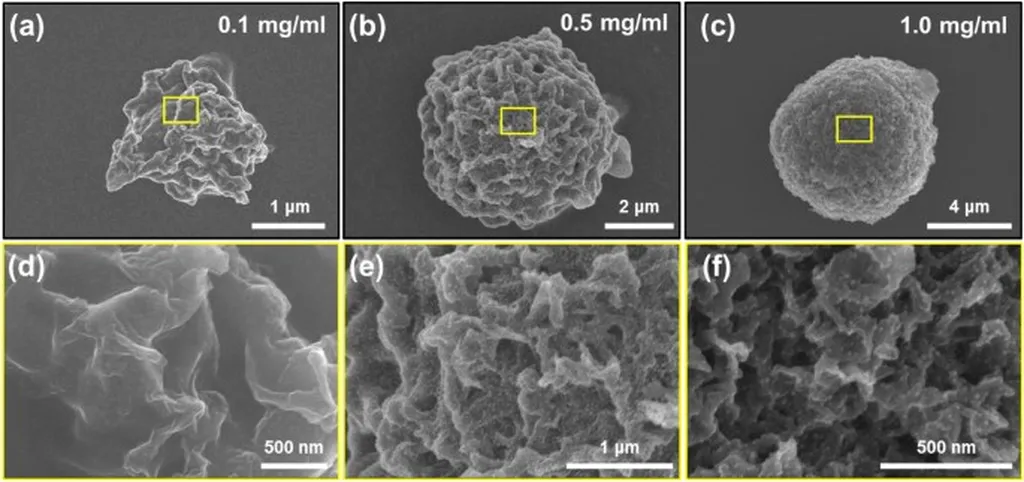In the realm of energy materials research, a team of scientists from the Technical University of Denmark has made significant strides in understanding the behavior of molybdenum disulfide (MoS2) nanoparticles. Patrick Giese, Mathias Stokkebye Nissen, Stig Helveg, and Jakob Schiøtz have employed advanced computational techniques to shed light on the vibrational properties of these nanoparticles, which are of great interest in the energy sector due to their potential applications in catalysis, energy storage, and nanoelectronics.
The researchers utilized Molecular Dynamics (MD) simulations to study the vibrational amplitudes of atoms in carbon-supported MoS2 nanoparticles. Their findings revealed that as the edges of the nanoparticles are approached from the bulk, the vibrational amplitudes of the atoms become enhanced and correlated. This observation aligns with recent experimental data obtained through High-Resolution Transmission Electron Microscopy (HR-TEM) by Chen et al., published in Nature Communications in 2021.
The team’s analysis of phonon modes in finite systems provided an explanation for the experimental observations. They discovered that low-energy phonon modes are confined at the nanoparticle edges, highlighting the importance of full MD modeling for accurate interpretation of HR-TEM images. This insight is crucial for the energy industry, as it enhances our understanding of the fundamental properties of MoS2 nanoparticles, which are being explored for use in various energy applications.
Notably, the researchers introduced a novel workflow for training Equivariant Neural Network-based machine learning potentials using limited Density Functional Theory (DFT) calculations. This approach effectively captures both covalent and van der Waals interactions, enabling accurate extrapolations of DFT calculations to larger systems with built-in error estimation. This method could significantly reduce the computational cost and time required for studying large-scale systems, making it a valuable tool for the energy sector.
The practical applications of this research are manifold. In the energy industry, MoS2 nanoparticles are being investigated for their potential use in catalysis, where their unique electronic and vibrational properties could enhance reaction rates and selectivity. Additionally, their use in energy storage devices, such as batteries and supercapacitors, could improve performance and efficiency. Furthermore, the insights gained from this study could aid in the design and development of nanoelectronic devices, which are essential for advancing renewable energy technologies.
In summary, the work of Giese, Nissen, Helveg, and Schiøtz represents a significant advancement in our understanding of the vibrational properties of MoS2 nanoparticles. Their findings, published in a recent study, provide valuable insights that could accelerate the development of next-generation energy materials and technologies. By leveraging advanced computational techniques and machine learning, the researchers have opened new avenues for exploration in the energy sector, paving the way for innovative solutions to some of the most pressing energy challenges of our time.
This article is based on research available at arXiv.

